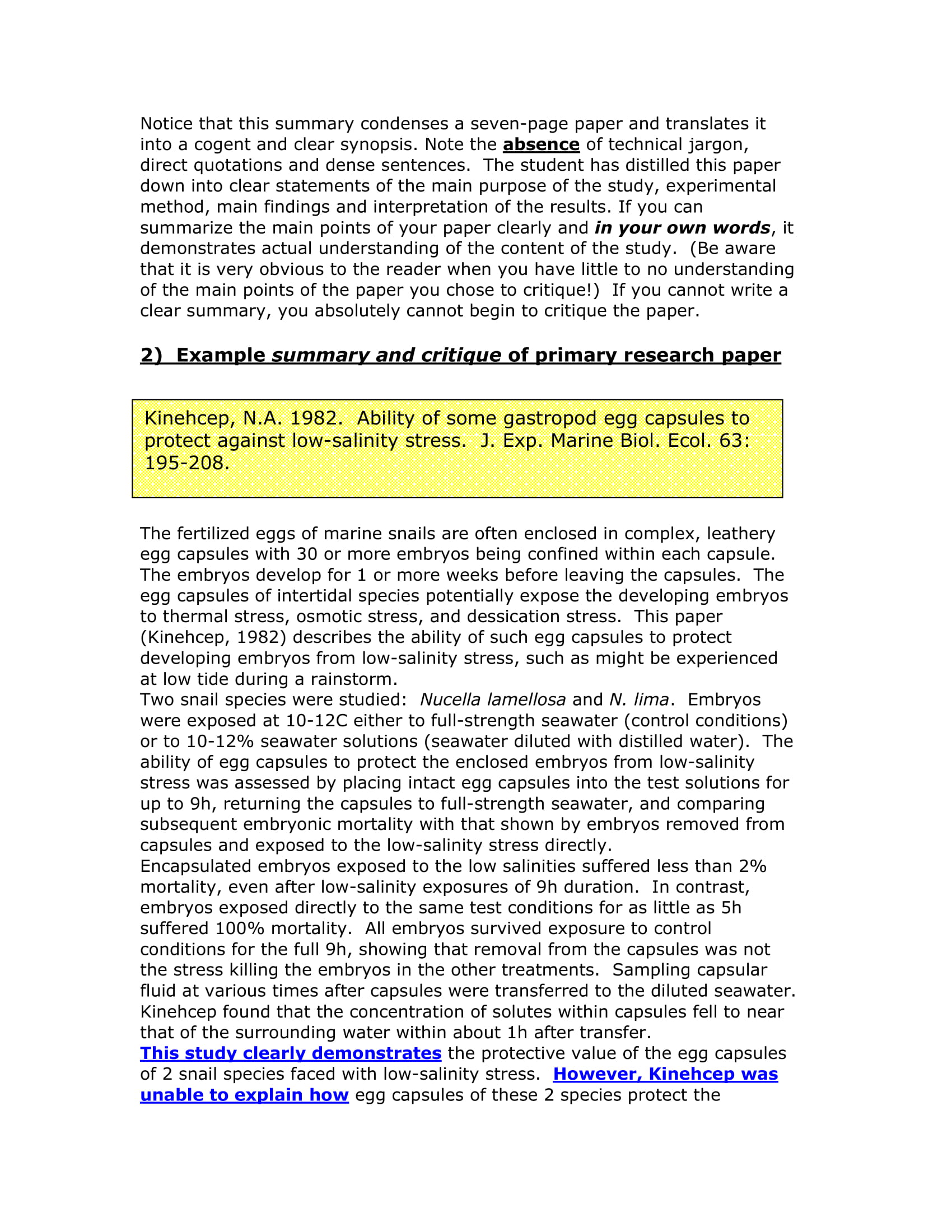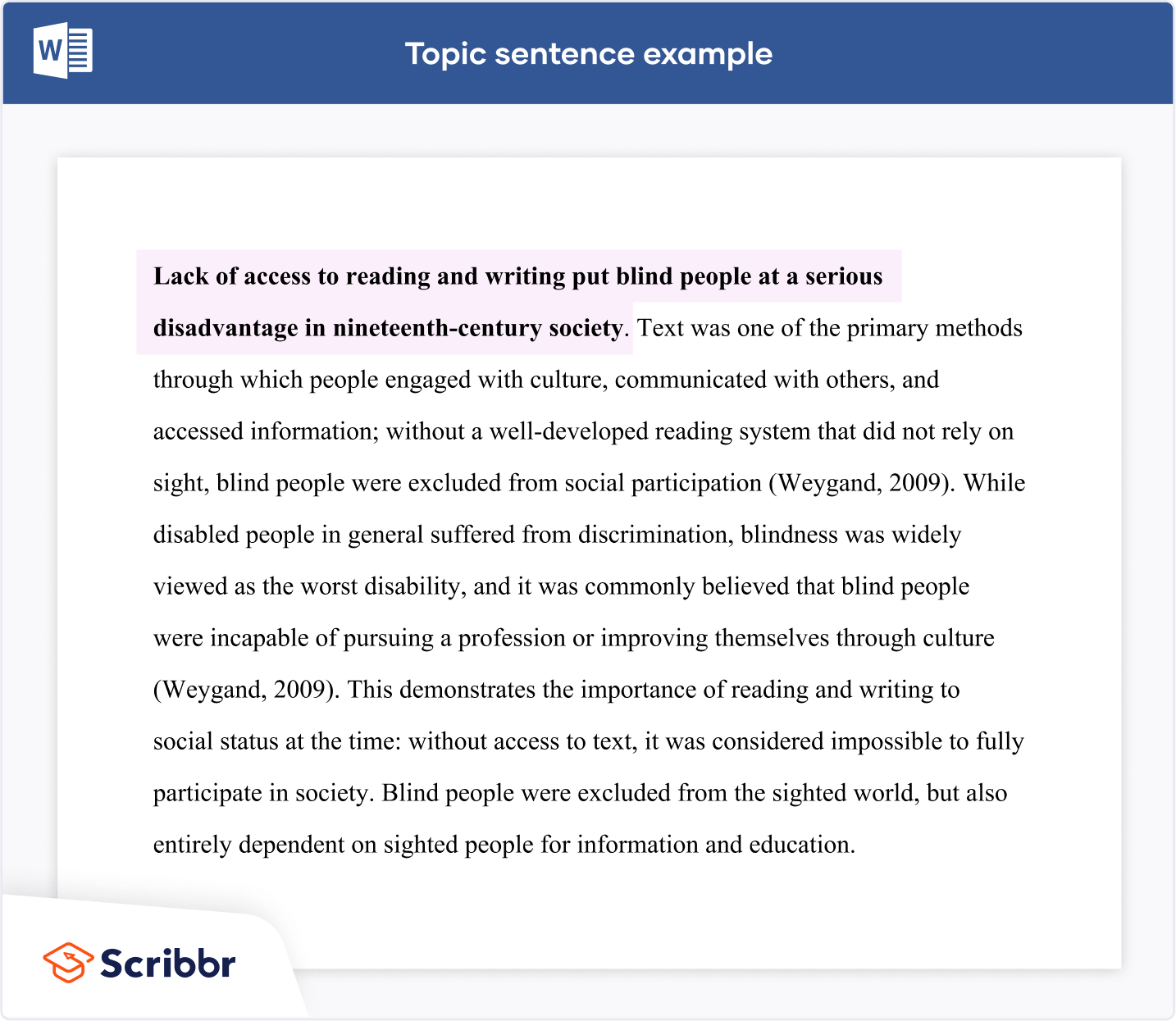When life throws you a curveball, sometimes the best way to handle it is by using an example. Whether you're learning a new skill, solving a complex problem, or trying to make sense of the world around you, examples act as your guiding light. They simplify the complicated and bring clarity to the chaotic. So, if you're ready to dive deep into the world of examples and discover how they can transform your life, buckle up because we're about to embark on an epic journey.
You might be wondering, "Why are examples so important?" Well, my friend, the answer is simple yet profound. Examples are like the secret sauce that makes learning stick. They help you visualize concepts, connect dots, and apply knowledge in real-world scenarios. Think about it – when was the last time you grasped something instantly without seeing it in action? Exactly! That's why examples are the unsung heroes of education and problem-solving.
Now, let's get one thing straight – this isn't just another boring article filled with fluff. We're here to break down the power of examples in a way that's fun, engaging, and most importantly, actionable. So, whether you're a student, a professional, or someone who's simply curious about the world, this guide is for you. Let's get started!
Read also:Busker Kid The Rising Star Of Street Performances
What Exactly is an Example?
Let's start with the basics, shall we? An example is essentially a representation or illustration of a concept, idea, or situation. It's like a snapshot that captures the essence of something complex and makes it digestible. Think of it as a bridge that connects theory to practice. For instance (pun intended), if someone tells you about gravity, it might sound abstract. But when you see an apple falling from a tree, boom – you've got yourself a perfect example!
Why Examples Matter in Everyday Life
Examples aren't just for classrooms or textbooks. They play a crucial role in our daily lives. From deciding what to wear based on the weather forecast to figuring out the best route to work, examples help us make informed decisions. They provide context, reduce uncertainty, and give us the confidence to tackle challenges head-on. So, the next time you find yourself stuck, remember – there's probably an example out there that can help you out.
Types of Examples and Their Uses
Not all examples are created equal. Depending on the context, you might need a specific type of example to get the job done. Let's take a closer look at some of the most common types:
- Concrete Examples: These are tangible, real-world instances that you can see, touch, or experience. Think of a recipe as a concrete example of how to cook a dish.
- Abstract Examples: These are more conceptual and theoretical. They help explain ideas that can't be easily seen or touched, like the concept of justice or freedom.
- Hypothetical Examples: These are imaginary scenarios used to illustrate a point. They're great for exploring "what if" situations and encouraging critical thinking.
Choosing the Right Example for the Job
When it comes to using examples, one size doesn't fit all. You need to pick the right example based on your audience, the complexity of the topic, and the desired outcome. For example (see what I did there?), if you're teaching kids about math, a concrete example like counting apples might work better than an abstract one like algebraic equations.
The Science Behind Examples
So, why do examples work so well? The answer lies in the way our brains process information. Studies have shown that examples activate multiple areas of the brain, including those responsible for memory, visualization, and problem-solving. When you encounter an example, your brain creates connections between the new information and what you already know. This process, known as schema theory, makes learning more effective and long-lasting.
How Examples Boost Learning
Let's dive into the nitty-gritty of how examples enhance the learning process:
Read also:Wwwmasahub2 The Ultimate Guide To Unlocking Its Full Potential
- Improved Comprehension: Examples break down complex ideas into smaller, more manageable chunks.
- Increased Retention: By connecting new information to existing knowledge, examples help you remember things better.
- Enhanced Application: Examples show you how to apply theoretical knowledge to real-world situations.
Examples in Action: Real-World Applications
Now that we understand the theory behind examples, let's see how they're used in different fields:
Education
In the classroom, examples are a teacher's best friend. They help students grasp difficult concepts and make learning more engaging. For instance, when teaching history, a teacher might use the example of the American Revolution to explain the causes and effects of political change.
Business
In the business world, examples are used to communicate ideas, solve problems, and make decisions. A marketing team might use a successful campaign as an example to guide their strategy. Similarly, a manager might use a case study to illustrate the importance of teamwork.
Technology
When it comes to technology, examples are essential for understanding how things work. From coding tutorials to user manuals, examples help users navigate complex systems and achieve their goals.
Creating Your Own Examples
Now that you know the importance of examples, it's time to start creating your own. Here are a few tips to get you started:
- Start with a Clear Objective: Know what you want to achieve with your example. Are you trying to explain a concept, solve a problem, or inspire action?
- Keep It Simple: The best examples are those that are easy to understand. Avoid unnecessary complexity and focus on the key points.
- Make It Relevant: Tailor your example to your audience and their needs. The more relatable it is, the more effective it will be.
Common Mistakes to Avoid
While creating examples, it's easy to fall into a few common traps. Here are some mistakes to watch out for:
- Overcomplicating Things: Remember, simplicity is key. Don't overload your example with too much information.
- Using Irrelevant Examples: Make sure your example aligns with the topic and resonates with your audience.
- Forgetting the Purpose: Always keep the objective of your example in mind. If it doesn't serve a purpose, it's just noise.
The Future of Examples
As technology continues to evolve, so does the way we use examples. From virtual reality simulations to AI-driven case studies, the possibilities are endless. The future of examples lies in their ability to adapt to new mediums and platforms, making learning more interactive and immersive than ever before.
Embracing the Digital Age
With the rise of digital tools and platforms, examples are becoming more accessible and engaging. Whether it's through videos, infographics, or interactive apps, the digital age is transforming the way we learn and communicate.
Conclusion: The Power of Example in Your Life
Examples are more than just illustrations – they're tools for transformation. They empower us to learn, grow, and succeed in a world that's constantly changing. So, the next time you're faced with a challenge, remember the power of example and let it guide you to victory.
Now, it's your turn! Share your thoughts, ask questions, or tell us about your favorite example in the comments below. And don't forget to check out our other articles for more insights and inspiration. Together, we can unlock the full potential of examples and make the world a better place, one example at a time.
Table of Contents



